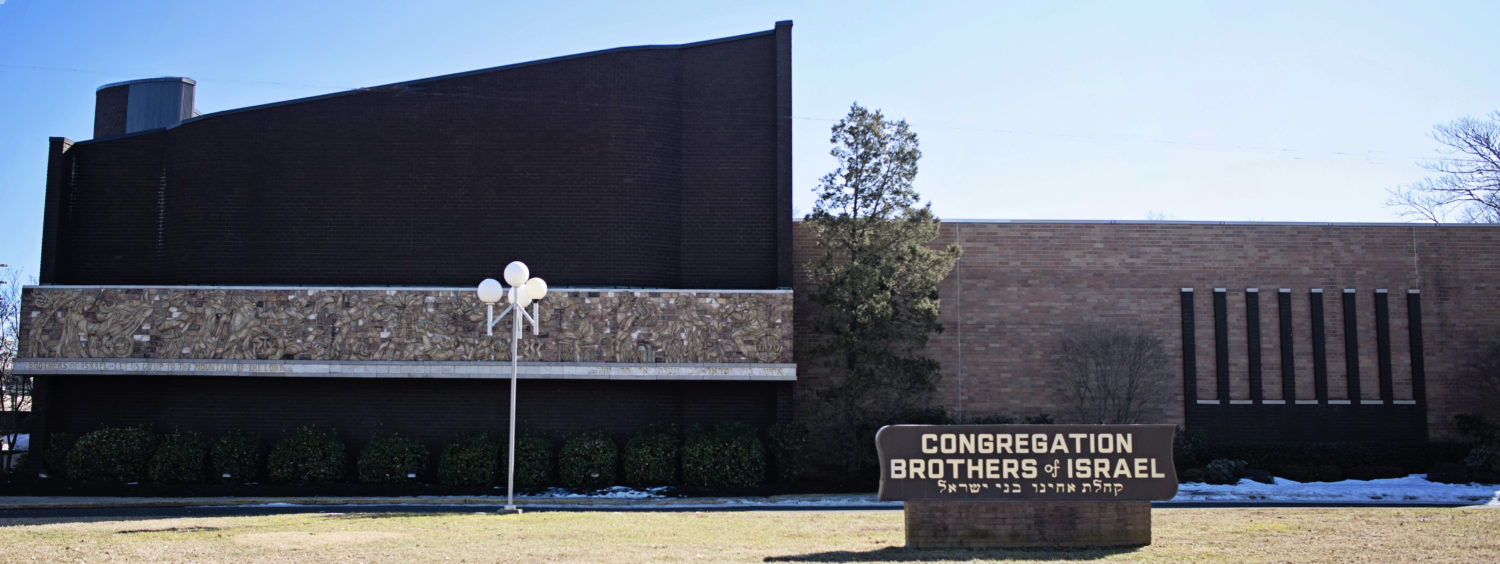Leadership Qualities
Adapted from Rabbi Braun’s sermon in 5779
Reading through the parsha I came across a beautiful idea that spoke about the qualities of leadership and the nature of public service.
We read of the different priestly garments. The Meil, the robe worn by Aaron is adorned with bells at the bottom. What is there purpose? The Torah tells us:
שמות פרק כח
(לה) וְהָיָ֥ה עַֽל־אַהֲרֹ֖ן לְשָׁרֵ֑ת וְנִשְׁמַ֣ע ק֠וֹלוֹ בְּבֹא֨וֹ אֶל־הַקֹּ֜דֶשׁ לִפְנֵ֧י יְקֹוָ֛ק וּבְצֵאת֖וֹ וְלֹ֥א יָמֽוּת: ס
- And it shall be upon Aaron to minister; and his sound shall be heard when he goes in to the holy place before the Lord, and when he comes out, that he should not die.
Who should not die? And why would they be subject to death?
Rambam and Eben Ezra suggest that we are afraid that the kohen Gadol will die without the bells. They explain as follows. A person who walks into the king’s room without invitation is subject to death. Esther was afraid to walk in to see Achashverosh without an invitation; she feared that would subject her to death.
Getting an invitation or response from Hashem is tough; instead the Kohen Gadol wears bells, announcing himself so as not to walk in without unannounced.
The bells are there out of respect for Hashem!
Rashbam argues that it is not the Kohen Gadol that we are worried about dying, rather it is the Jews in the vicinity. There is another law prohibiting Jews from being in the tent of meeting when the kohen Gadol is in the Holy of Holies. Thus, he has a responsibility to let everyone know when he is entering so that they can clear out. That is the purpose of the bells; they are the warning system for the Jews to exit.
Ram Amnon Bazak suggests that the Rashbam’s approach is closer to the literal meaning of the text for 2 reasons:
One – there is a clear textual link between our verse explaining why we have the bells and the verse prohibiting anyone from being in the tent when the Kohen Gadol enters the holy.
He wears the bells בְּבֹא֨וֹ אֶל־הַקֹּ֜דֶשׁ לִפְנֵ֧י יְקֹוָ֛ק וּבְצֵאת֖וֹ וְלֹ֥א יָמֽוּת
No one should be וכל אדם לא יהיה באהל מועד בבאו לכפר בקדש עד צאתו
Additionally, the Rashbam’s approach seems to reflect the general purpose of the other high priestly garments. Each Kohen wears 4 and the Kohen Gadol wears another 4.
The Ehpod which holds the breastplate carries on it the names of all of the tribes.
The Breastplate itself does as well.
The Tzitz – the golden tiara, atones for the sins of the children of Israel.
Each of the garments serve, represent or protect the people of Israel, not the Kohen Gadol himself.
It therefore makes sense that the Bells serve the same purpose – to protect the people and not the Kohen Gadol.
There it was – the fundamental characteristic of a leader is SERVICE to the PEOPLE.


